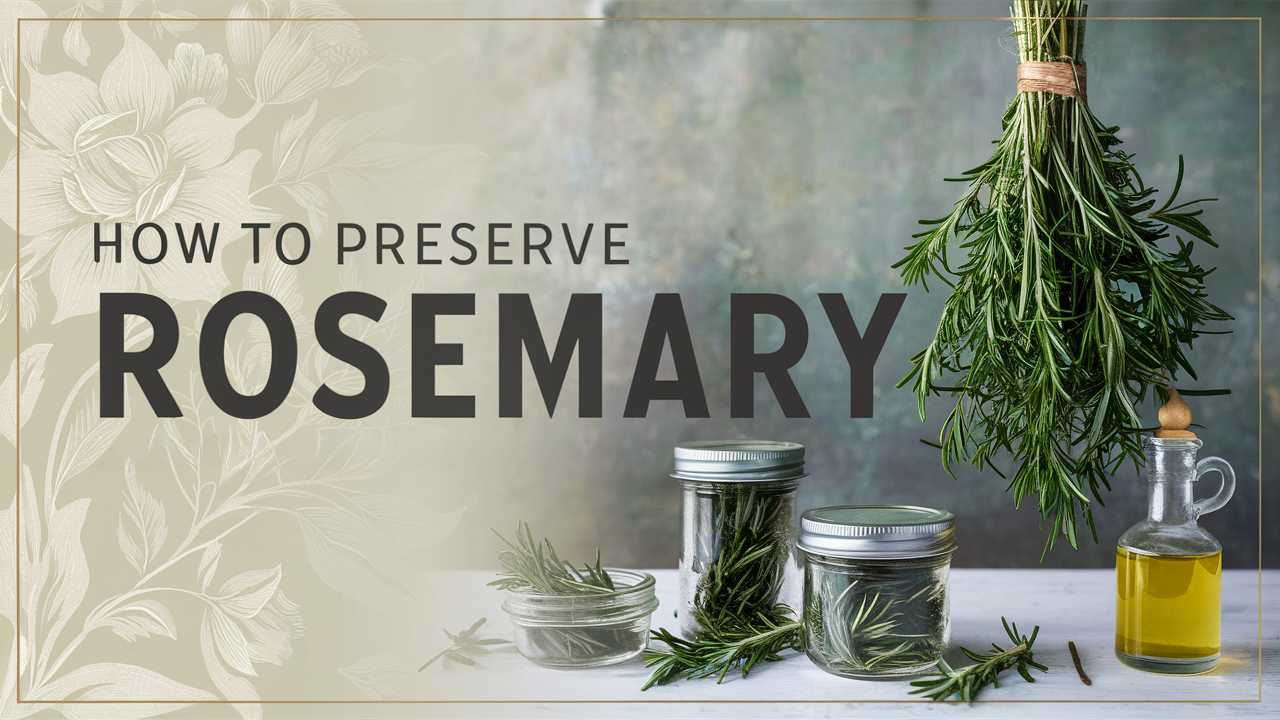Rosemary is more than just a fragrant herb; it’s steeped in history, tradition, and culinary delight. This evergreen shrub, with its distinct aroma and needle-like leaves, has graced kitchens and gardens for centuries. Whether used to flavor dishes, create refreshing herbal teas, or even make essential oils, rosemary’s versatility knows no bounds.
However, there may come a time when you have more rosemary than you can use immediately. Instead of letting this aromatic herb wither away, let’s explore various methods to preserve rosemary, ensuring you can enjoy its essence long after the growing season ends.
Understanding Rosemary: The Herb’s Unique Qualities

Before embarking on the journey of preservation, it’s essential to appreciate what makes rosemary special. Originating from the Mediterranean region, this herb has been utilized in cooking, medicine, and spiritual practices throughout history. Its robust flavor profile can enhance roasted meats, vegetables, and even baked goods.
Rich in antioxidants and anti-inflammatory compounds, rosemary is not only a culinary treasure but also a powerhouse of health benefits. From boosting memory to aiding digestion, its uses extend beyond the kitchen. With such valuable attributes, it becomes even more apparent why preserving rosemary is worthwhile.
Choosing the Right Rosemary
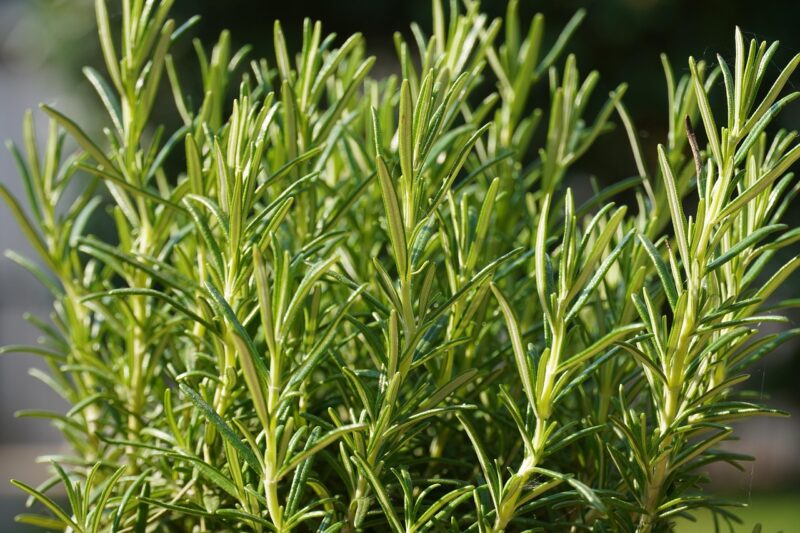
When it comes to preservation, the quality of your herb is paramount. Fresh rosemary should be vibrant green without any signs of wilting, browning, or pests. There are several varieties of rosemary, each with unique flavors and uses. The most common, Rosmarinus officinalis, is widely available and easy to grow. Experimenting with different varieties can provide fascinating culinary results and alter the flavor profile of your preserved rosemary.
If you’re growing rosemary at home, consider planting it in well-drained soil and providing it with ample sunlight. Pruning regularly encourages bushier growth and maximizes your harvest. Often, the best time to collect rosemary is just before it blooms, as this is when the essential oils are most concentrated.
Harvesting Rosemary: The Right Techniques

Harvesting rosemary is an enjoyable ritual that connects you with the plant you’re nurturing. Using clean, sharp scissors, cut several sprigs just above the woody stems. Aim for early morning or late afternoon when the essential oils are most potent. Gathering the sprigs in these cooler parts of the day can enhance the flavor of the herb.
To ensure your rosemary stays fresh for longer, handle it gently during collection and avoid excessive exposure to moisture. If there is any dew on the leaves, allow them to dry lightly before preserving them. Taking these precautions not only preserves the integrity of the herb but also enhances your future culinary endeavors.
Drying Rosemary: The Classic Method
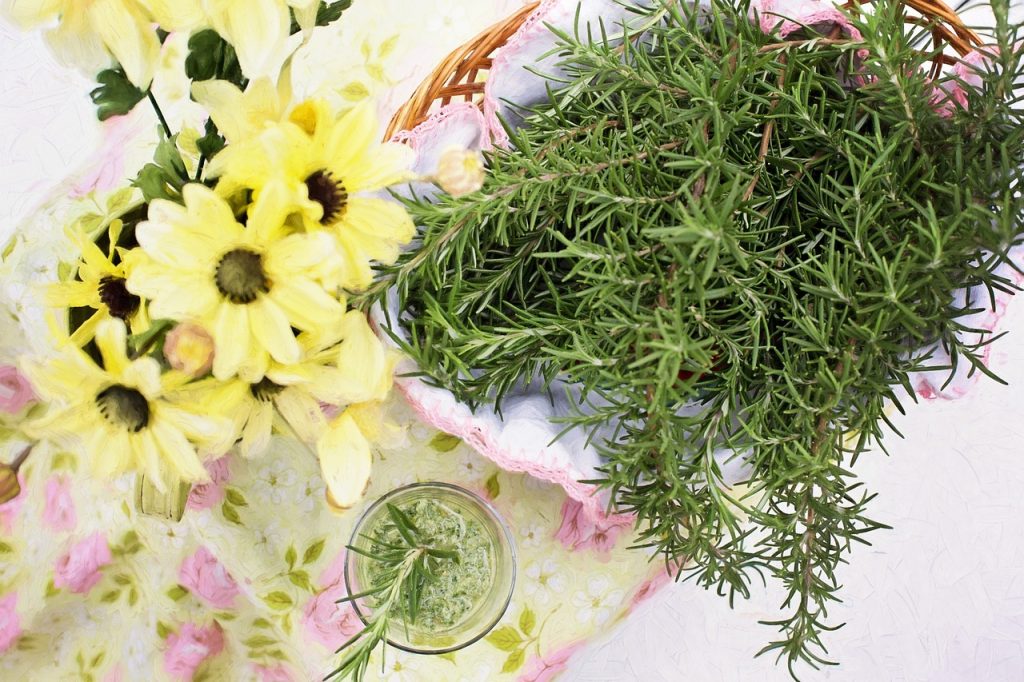
One of the most time-honored ways to preserve rosemary is through drying. This method is simple and requires no special equipment. Air drying rosemary allows the herb to retain its essential oils while creating a concentrate of flavor that can last for months.
To dry rosemary, follow these steps:
Remove Leaves: Start by removing the leaves from the stems. While keeping some stem can be done for aesthetic reasons, a more concentrated flavor usually comes from the leaves alone.
Bundle and Hang: Tie small bundles of rosemary using a natural twine. Hang them upside down in a warm, dry place away from direct sunlight. This method allows air to circulate around the herbs, preventing mold while preserving flavor.
Monitoring and Storage: Check your rosemary periodically. Once dry, the leaves should feel crumbly to the touch. To store, transfer the dried leaves into airtight jars, label them, and store them in a cool, dark place. The flavor will last for up to a year.
Air drying captures the essence of rosemary beautifully. Keep in mind that the drying process can alter the intensity of flavors, often making them more concentrated. When using dried rosemary in your cooking, remember to adjust quantities accordingly.
Freezing Rosemary: A Quick and Convenient Option
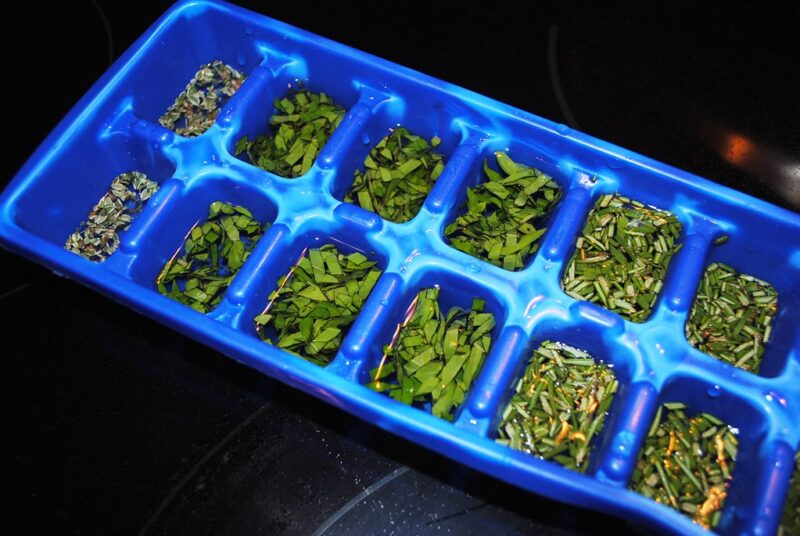
If you’re looking for an expedited preservation method, freezing rosemary can be incredibly effective. This technique allows you to maintain the integrity of rosemary’s flavor profile while providing convenience for future cooking.
To freeze rosemary, you can use these straightforward steps:
Preparation: Begin with fresh, clean rosemary sprigs. Rinse gently under cold water and pat them dry with a kitchen towel.
Chop or Leave Whole: Depending on how you plan to use your herbs later, you can chop them finely or keep them whole. If you opt for the chopped variety, measure them into ice cube trays for uniform portions.
Add Water or Oil: For added flavor, consider filling the ice cube trays with olive oil or broth. This not only prevents the rosemary from becoming too icy but also creates flavorful cubes that can be used directly in cooking.
Freezing: Allow the trays to freeze completely, then transfer the rosemary cubes into labeled freezer bags. They can last for up to six months without losing flavor.
When that moment comes to add a touch of rosemary to your dish, simply grab a cube, and your preparation is already partially complete. This method is particularly suited for those who use rosemary frequently, allowing for an easy, flavorful solution without any fuss.
Infusing Oils with Rosemary: A Gourmet Touch
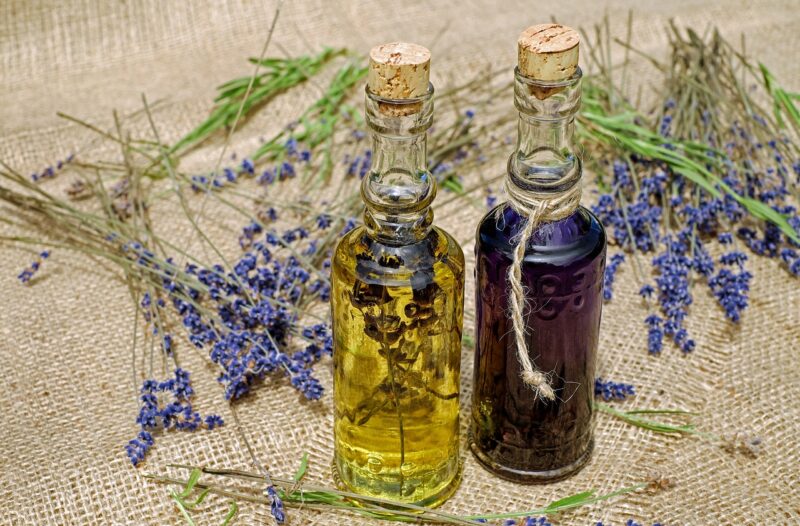
Infusing oils with rosemary is a delightful way to bring the herb’s robust flavors into your culinary creations. Whether drizzled over fresh bread, used in marinades, or as a finishing oil, infused oils can elevate any dish and serve as beautiful gifts.
To create rosemary-infused oil, adhere to the following guidelines:
Select the Oil: Choose a high-quality oil such as olive oil, grapeseed oil, or avocado oil. The oil’s flavor will complement the rosemary, so select one that resonates with your preferred cooking style.
Prepare Rosemary: Use fresh rosemary sprigs, washing and drying them thoroughly to remove any moisture that may lead to spoilage. You can use whole sprigs or chopped leaves depending on your flavor preference.
Combine and Heat: In a saucepan, combine the oil and rosemary over low heat. Heat gently to infuse the flavors without cooking the herb. Allow it to steep for about 15-30 minutes. Keep a close eye on the process, as overheating can alter the oil’s taste.
Strain and Store: After the infusion, strain the oil using a fine mesh strainer or cheesecloth to remove the herb. Store the infused oil in a clean, dry bottle away from light and heat sources. The oil can last for several weeks, although consuming it sooner can result in better flavor.
Using infused oils not only enhances your dishes but also provides a beautiful addition to your kitchen. Whether drizzled over a salad, used as a base for sautéing, or incorporated into dressings, rosemary-infused oil adds depth and a touch of culinary artistry.
Creating Rosemary Pastes: A Unique Preservation Method
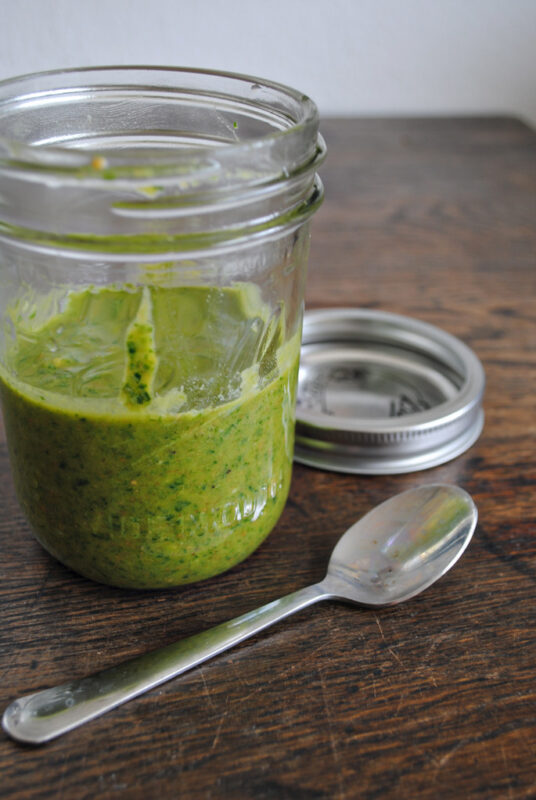
For the adventurous cook, creating a rosemary paste can be a delectable way to preserve the herb. This method captures the flavor and aroma in a concentrated form that can be used in various dishes.
Crafting rosemary paste involves the following:
Gather Ingredients: In addition to fresh rosemary, you may want to include garlic, olive oil, and salt. These ingredients meld beautifully to create a versatile paste.
Blend and Combine: Using a food processor, combine the rosemary leaves, garlic (adjust the quantity to your palate), a generous drizzle of olive oil, and salt. Blend until you reach a smooth consistency. The oil acts as a preserving element, giving the rosemary paste a longer shelf life.
Storage: Transfer your paste into an airtight container. Drizzle a thin layer of olive oil on top to seal in freshness. Stored in the refrigerator, it can last several weeks. For extended preservation, consider freezing the paste in small batches.
Rosemary paste is a flavorful addition to marinades, sauces, and soups. It’s a creative way to infuse your home-cooked meals with a rich essence of rosemary that can elevate even the simplest dishes.
Preparing Rosemary for Tea: Herbal Infusion
Aside from culinary uses, rosemary is also celebrated in the world of herbal teas. Its aromatic qualities can produce a soothing infusion that not only tastes great but also provides numerous health benefits.
To prepare rosemary for tea, follow these steps:
Harvest and Dry: Start by harvesting fresh rosemary sprigs as previously discussed. The leaves need to be dried before making tea.
Brew the Tea: For tea, you can use about one teaspoon of dried rosemary leaves per cup of boiling water. Allow the rosemary to steep for at least 5-10 minutes, depending on your desired strength. You can also combine it with other herbs like chamomile or mint for a blended infusion.
Sweeten and Serve: If desired, add honey or lemon to enhance the flavor. Enjoy your rosemary tea hot or cold, benefiting from its calming properties that can assist with digestion and relaxation.
This process transforms the preserved rosemary into a delightful beverage. The ritual of sipping rosemary tea can also become a moment of mindfulness in an otherwise busy day—a simple pleasure that speaks volumes.
The Ethereal Presence of Rosemary in Craft and Ceremony
Beyond its culinary and medicinal uses, rosemary carries a meaningful presence in cultural traditions and crafts. Historically associated with remembrance and love, it has been used in weddings, funerals, and various ceremonies.
In different cultures, rosemary has represented fidelity and loyalty. It has seen its place in wedding bouquets, symbolizing love between partners, while also being burned in rituals to purify spaces. The tradition persists in modern herbal crafts, where individuals create wreaths, sachets, and smudges, intertwining rosemary with symbolism and artistry.
Creating rosemary-scented sachets for closets or under pillows can infuse your space with its calming aroma while keeping moths at bay. Such crafts not only preserve the herb but also create meaningful connections to the environment around us and to ourselves.
Final Thoughts on Preserving Rosemary
Preserving rosemary is an enriching experience filled with flavors, aromas, and creative possibilities. Each method preserves the essence of this herb, ensuring you have it on hand to elevate your meals, teas, and crafts throughout the year.
From drying and freezing to infusion and crafting, these approaches unlock rosemary’s versatility and depth. Each method tells a story, allowing you to savor memories attached to the culinary, spiritual, and herbal delights of rosemary.


